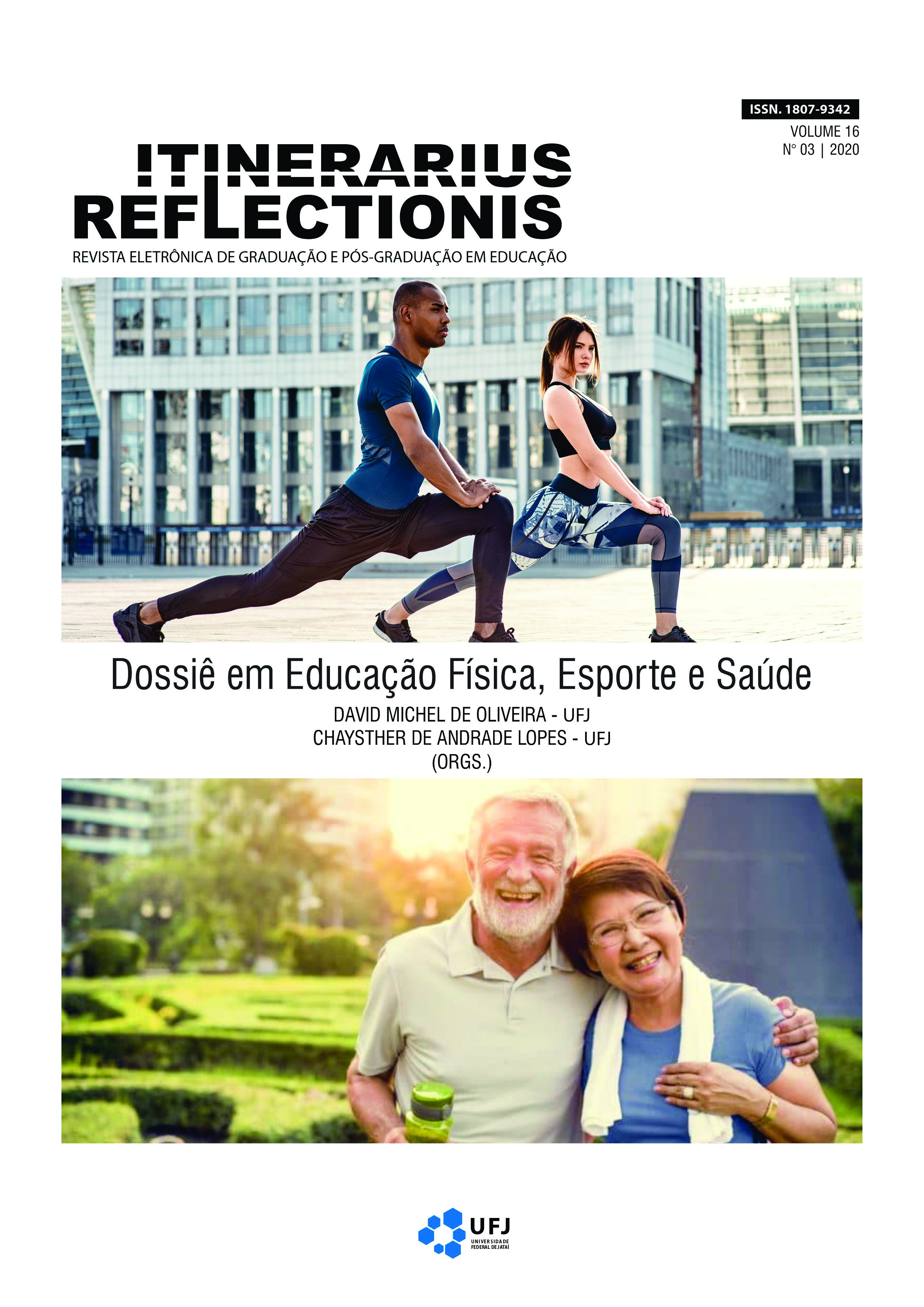USE OF SOCIAL NETWORKS, BODY IMAGE AND MEDIA INFLUENCE IN ACADEMICS OF THE PHYSICAL EDUCATION COURSE.
DOI:
https://doi.org/10.5216/rir.v16i3.58815Abstract
Body appearance is becoming more important everyday to our society, and it’s alarming the way it’s been used by the media, seen as a product and being a target of the institutionalization of the body standards to be followed. The social-network is a current instrument used to disseminate information. The body standard disseminated through the social-network is unattainable for most of the population, causing dissatisfaction with the body image. This work came from this observations that collected information as a research baseline. The research was conducted with 112 students of Physical Education - bachelor’s and graduation’s, from all periods, both sexes and no limit of age as a condition for the participation. They answered 3 surveys; the first was sociodemographic, the second was about the use of the social networks, developed by the researcher, with questions about the frequency, time and content of the use of this tools. The third is the Sociocultural Attitudes Towards Appearance Questionnaire - 3 (SATAQ-3), validated to Brazil by Amaral (2011). The data was organized and analyzed through the SPSS program, version 2.0 for Windows. The level of statistic definition adopted was p < 0,05 and a descriptive analysis of the data was realized. As the main results of the research 99,1% of the sample (48,2% of the male gender and 50,9% of the female gender) affirm to use the social networks and just one person of the male gender (0,9%) said he doesn’t make use of it. Regarding the social networks that are more used in function of sex, the most mentioned were: WhatsApp (96,4%), Instagram (79,5%), Facebook (75,9%). Regarding the SATAQ-3 factors, the ones with higher scores were the factors: 1 (general internalization of the stablished patterns) followed by the factor 4 (mídia as the source of information about physical appearance for both genders which indicates that this factors have bigger influence over the participants. We can verify that there is an influence from the media over both genders, we verified that the differences are minimum, which lead us to conclude that the influence of the mídia happens equally on both genders.
Downloads
Downloads
Published
How to Cite
Issue
Section
License
Os artigos encaminhados para publição na revista ITINERARIUS REFLECTIONIS deverão ser originais e não publicados ou propostos para tal fim em outra revista. Aceitam-se artigos escritos em Português, Espanhol e Inglês. A revista ITINERARIUS REFLECTIONIS se reserva o direito de efetuar, nos originais, alterações de ordem normativa, ortográfica e gramatical, com vistas a manter o padrão culto da língua, respeitando, porém, o estilo dos autores. As provas finais não serão enviadas aos autores. Texto sobre Copyright do conteúdo da Revista.


